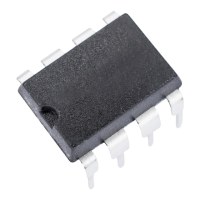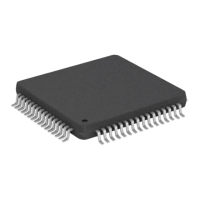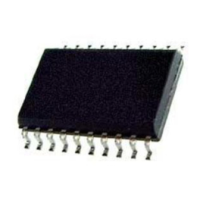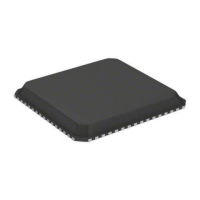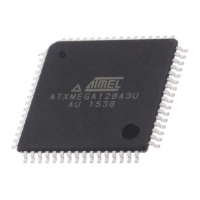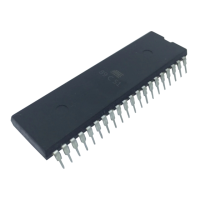47
ATtiny15L
1187H–AVR–09/07
• Bits 4..3 – Res: Reserved Bits
These bits are reserved bits in the ATtiny15L and always read as zero.
• Bits 2..0 – MUX2..MUX0: Analog Channel and Gain Selection Bits 2..0
The value of these bits selects which analog input is connected to the ADC. In case of
differential input (PB3 - PB4), gain selection is also made with these bits. Selecting PB3
as both inputs to the differential gain stage enables offset measurements. Refer to Table
20 for details. If these bits are changed during a conversion, the change will not go into
effect until this conversion is complete (ADIF in ADCSR is set).
Note: 1. For offset calibration only. See “Operation” on page 42.
The ADC Control and Status
Register – ADCSR
• Bit 7 – ADEN: ADC Enable
Writing a logical “1” to this bit enables the ADC. By clearing this bit to zero, the ADC is
turned off. Turning the ADC off while a conversion is in progress will terminate this
conversion.
• Bit 6 – ADSC: ADC Start Conversion
In Single Conversion mode, a logical “1” must be written to this bit to start each conver-
sion. In Free Running mode, a logical “1” must be written to this bit to start the first
conversion.
When the conversion completes, ADSC returns to zero in Single Conversion mode and
stays high in Free Running mode.
Writing a “0” to this bit has no effect.
• Bit 5 – ADFR: ADC Free Running Select
When this bit is set (one), the ADC operates in Free Running mode. In this mode, the
ADC samples and updates the Data Registers continuously. Clearing this bit (zero) will
terminate Free Running mode. If active channels are used (MUX2 in ADMUX set), the
Table 20. Input Channel and Gain Selections
MUX2..0
Single-ended
Input
Positive
Differential Input
Negative
Differential Input Gain
000 ADC0 (PB5)
N/A
001 ADC1 (PB2)
010 ADC2 (PB3)
011 ADC3 (PB4)
100
(1)
N/A
ADC2 (PB3) ADC2 (PB3) 1x
101
(1)
ADC2 (PB3) ADC2 (PB3) 20x
110 ADC2 (PB3) ADC3 (PB4) 1x
111 ADC2 (PB3) ADC3 (PB4) 20x
Bit 76543210
$06 ADEN ADSC ADFR ADIF ADIE ADPS2 ADPS1 ADPS0 ADCSR
Read/Write R/W R/W R/W R/W R/W R/W R/W R/W
Initial Value00000000
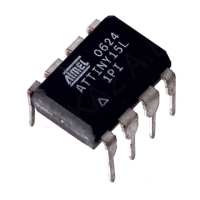
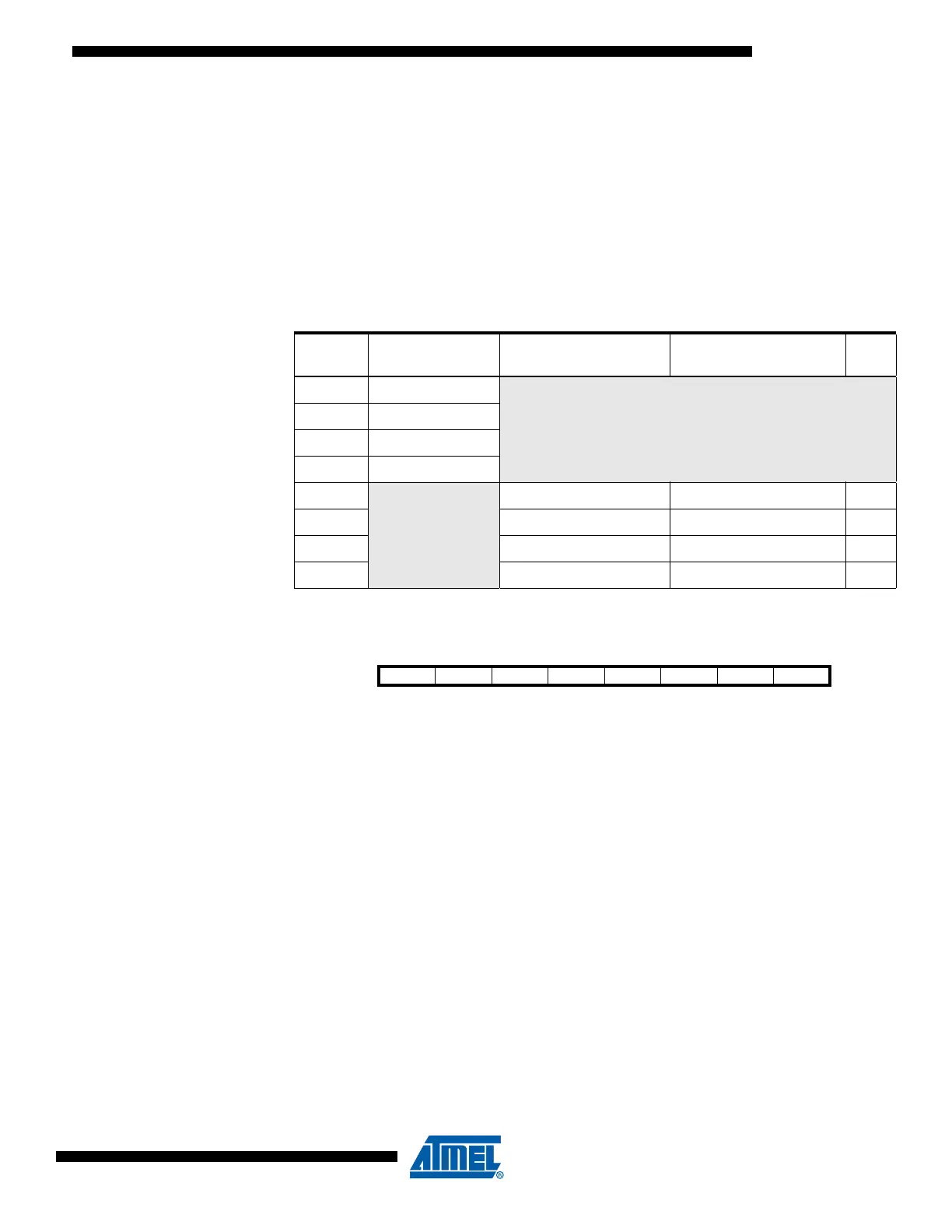